Welcome back to TriClor’s Deep Roots: A Blog! This is part 2 of the Growing Greater Grapes story.
If you haven’t had the chance yet to familiarize yourself with the topic of nematode populations in grape vineyards, including how to treat them, then go ahead and check out part 1 of this blog post now. This is where I talk in depth about these harmful pests and introduce readers to the nematode trial research that we at TriCal Diagnostics have been performing throughout vineyards in Modesto, California.
For those of you that have already had the opportunity to read part 1 of this blog post, I’m about to dive in to the part of this trial that we’ve all been waiting for… the results.
Grapevine Circumference Results:
As shown in the chart below, we have collected grapevine circumferences from each of the treatment blocks this past Fall 2021 in order to monitor vine growth as well as measure differences among treatments.
- All fumigant treatments displayed a gradual increase in growth compared to untreated control.
- TriClor 200lbs and TELONE™ demonstrated significant increases in vine growth compared to the untreated area, which we will continue to monitor throughout the next season.
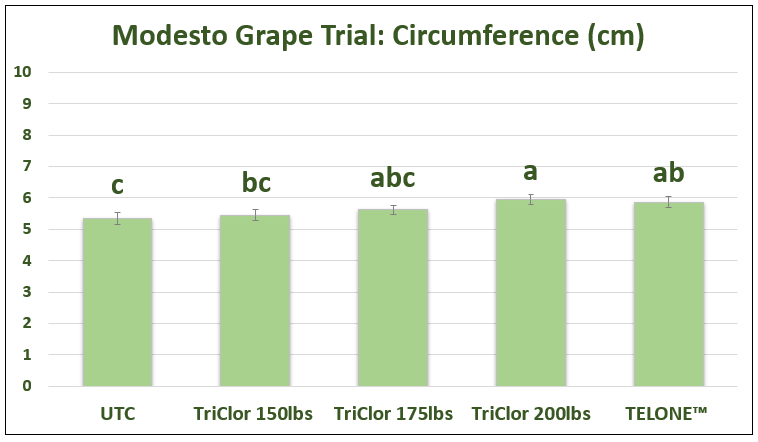
Bars with the same letter do not differ significantly by the HSD Tukey test (p < 0.05).
Plant Parasitic Nematode Population Results:
TriClor and TELONE™ fumigant treatments continue to demonstrate significant reduction in total plant-parasitic nematode (PPN) density across all 3 seasons compared to untreated control, shown in the graphic below.
- We have seen a decrease in Root Lesion, Root Knot, Ring, Spiral, and Stubby Root nematode populations among treated areas.
- Two years post fumigation with TELONE™, plant parasitic nematodes have not resurfaced from the samples we collected – this displays strong nematicidal efficacy.
- A dose response (reduction in density) was also evident among specific nematode genera, as well as total pressure, within all 3 of the TriClor treatments (200lbs, 175lbs, and 150lbs).
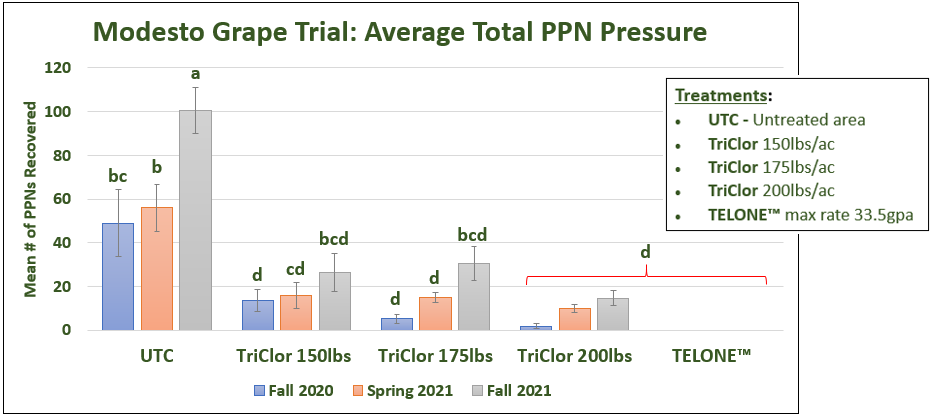
One Way ANOVA (Tukey HSD Test, P<0.05)
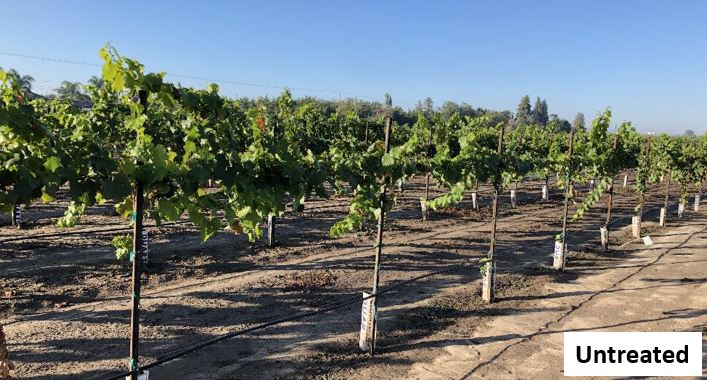
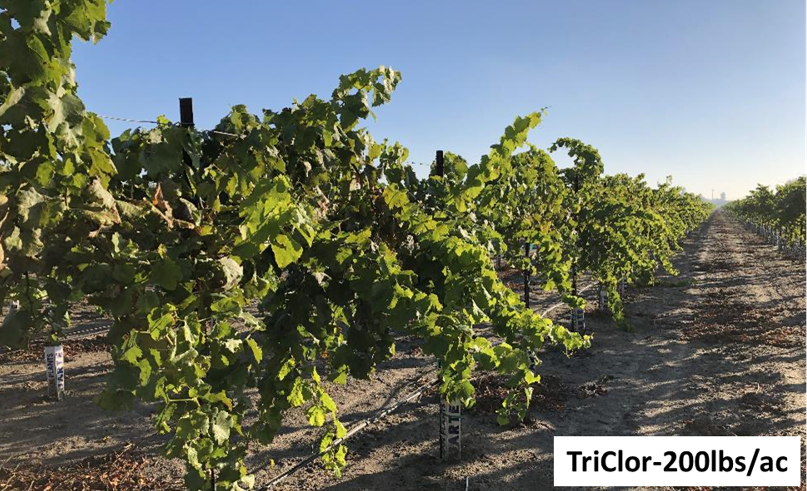
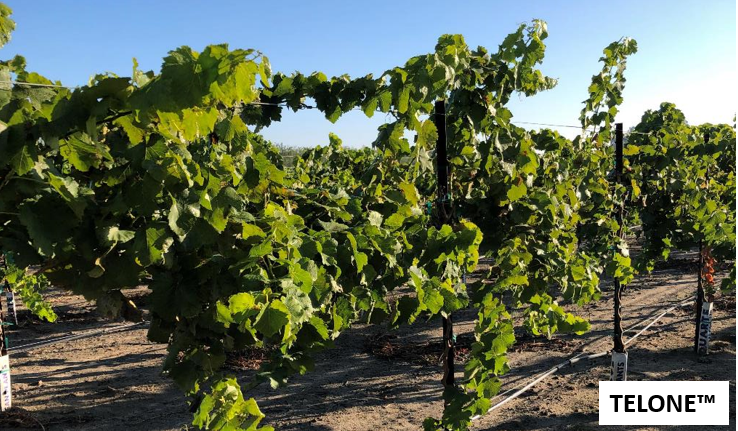
Fall 2021 – Untreated vs. Treated – I was able to document significant differences in growth as visually shown in the three images above. The top image displays a grapevine that is untreated, where I observed smaller vines and thinner foliage, in addition to patchy growth. In comparison, the bottom two images show grapevines that were treated with TriClor as well as TELONE™ (fumigated vines), both of which displayed rapid vine establishment, early growth, vine elongation, and fuller foliage.
To conclude, after evaluating nematode pressure roughly 2 years post fumigation, it is valuable to highlight the success of these trials – that both of the fumigant treatments of TriClor and TELONE™ have performed efficiently by notably reducing overall nematode pressure in these grapevines. Untreated control, on the other hand, demonstrated substantial increase in nematode pest pressure compared to treatments, and showed gradual increase compared to the Spring 2021 season. The teams here at TriCal and TriCal Diagnostics will continue to evaluate the Modesto grapevines throughout 2022 to further monitor the performance of TriClor and TELONE™.
If you require any further information or have questions about our services, please feel free to send me an email at ksanchez@trical.com.
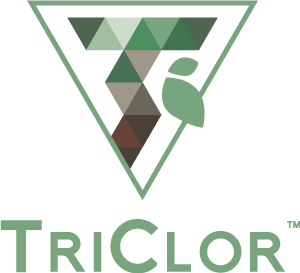 Blog Post
Blog Post



